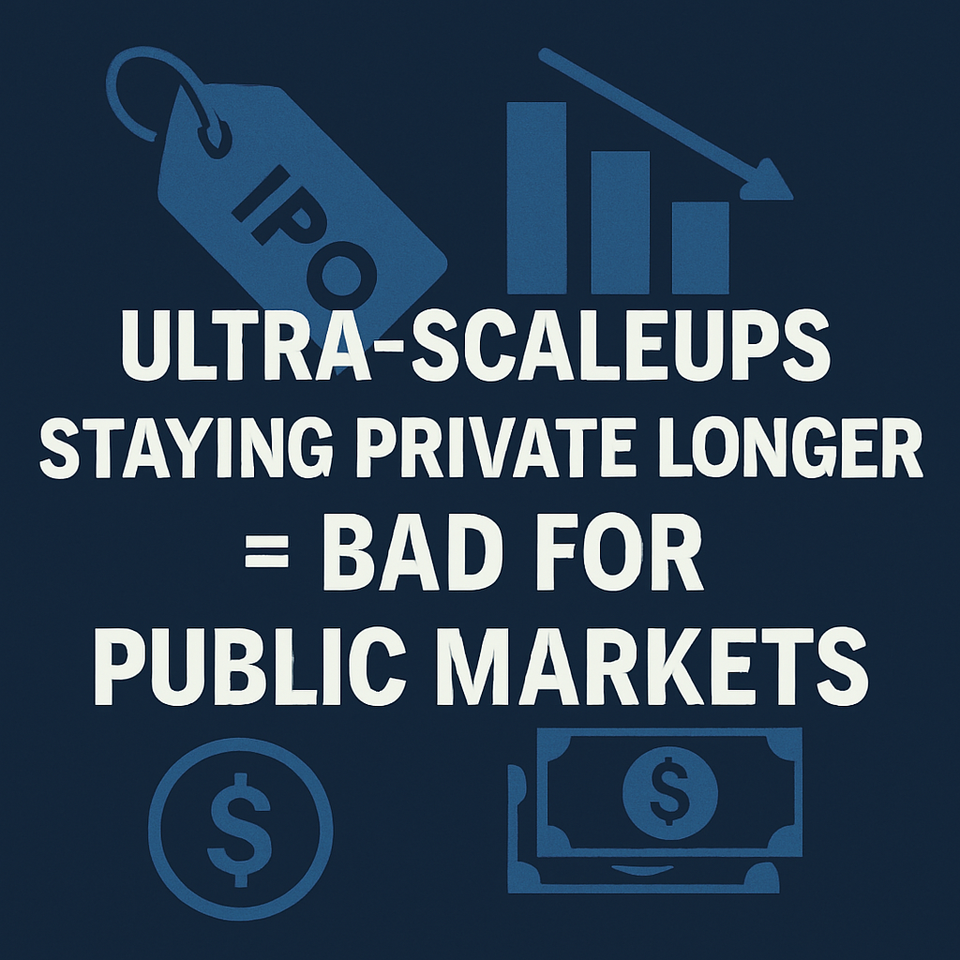Updates: Snowflake & Databricks - Controlling The MDS And GenAI PaaS Future (Pt.2)

Summary
- If you have any questions not answered in this report, please contact us at service@convequity.com.
- We discuss Snowflake's surprising move to support Iceberg and consider the possible impact to its moat.
- We use the iPhone vs. Android analogy to better understand the pros and cons of both closed ended and open philosophies as it relates to Snowflake and Databricks.
- We deliberate as to how Snowflake's new open approach is going to impact their data sharing marketplace.
- We also discuss how data catalogs like Unity Catalog and Horizon are becoming crucial factors in vendor selection, influencing data governance, accessibility, and overall platform stickiness.
- In Part 3 we will share our view on AI Platform-as-a-Service and specific thoughts on Snowflake and present an updated valuation.
Open Format and Data Warehouse Competition
The competition between Snowflake and Databricks in the data warehouse market closely resembles the iPhone vs. Android rivalry of the past decade. Initially, Snowflake adopted a closed-ended ecosystem, prioritizing optimal user experience and out-of-the-box functionality, much like Apple's approach with the iPhone. This strategy ensures the best user experience, performance, and governance through a proprietary storage format.
Conversely, Databricks started with an open approach, similar to Android, allowing maximum flexibility but introducing more complexity in use and configuration. Databricks emphasized open storage formats as a key selling point, enabling customers to work with their data independently of the Databricks platform. Additionally, by open-sourcing Apache Spark, Databricks allowed customers to use Spark freely, akin to using the Android Open Source Project (AOSP) without Google's control.




